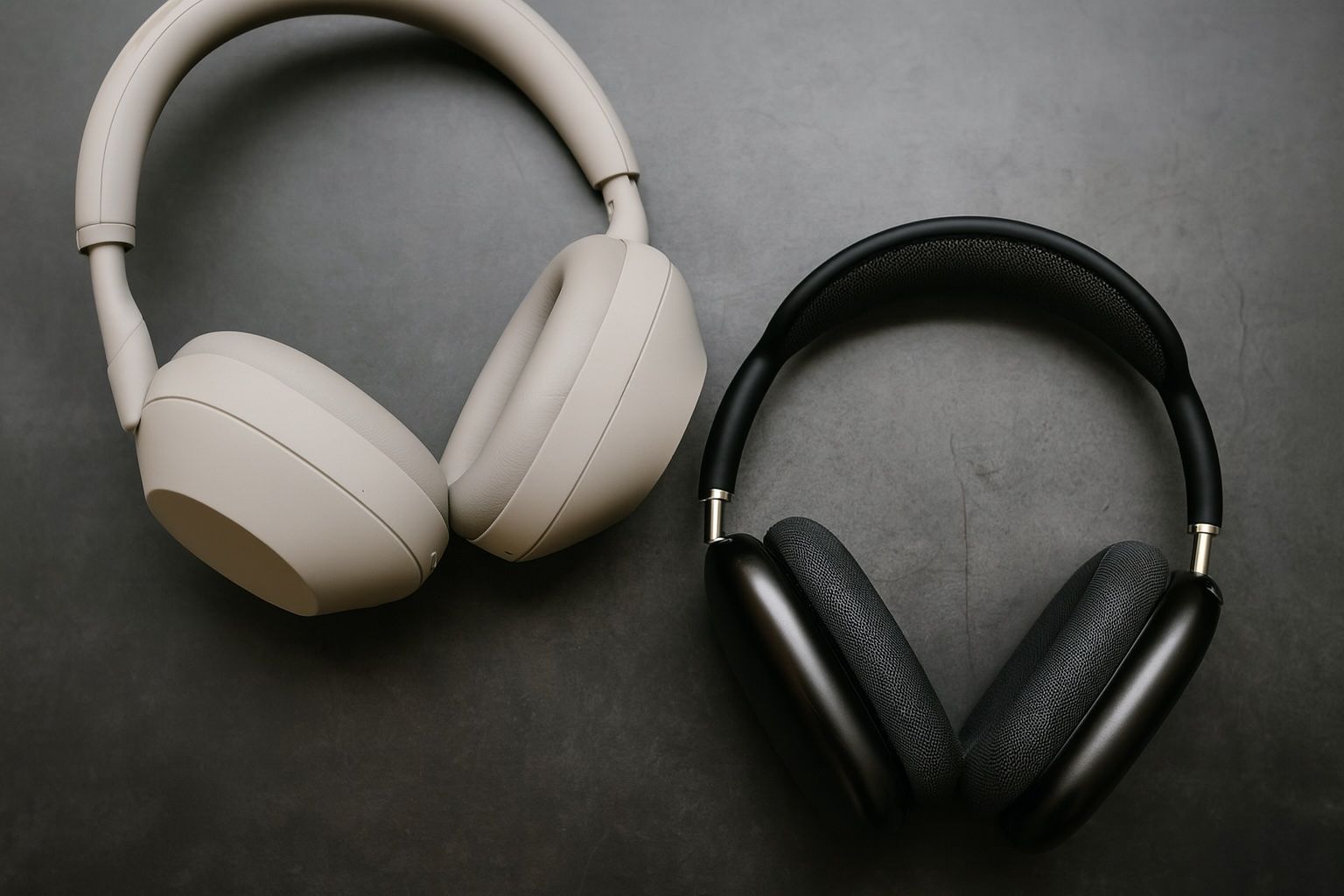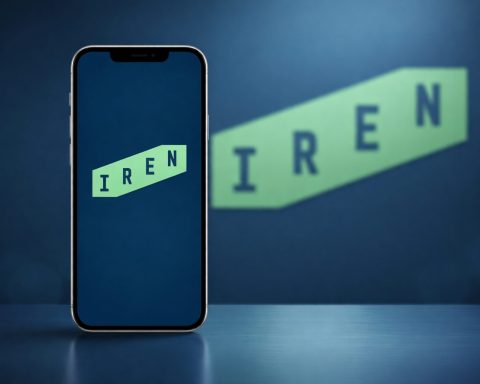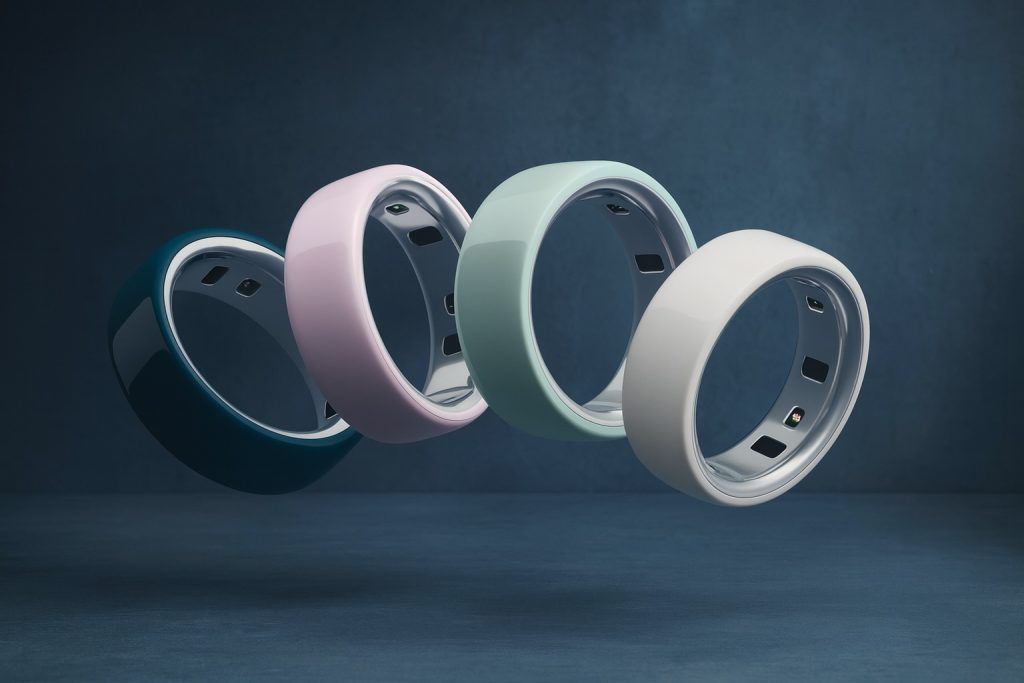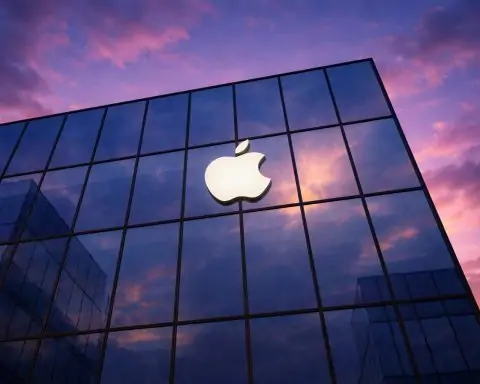- Release & Price: Sony’s WH-1000XM6 launched in May 2025 at $449 / £399 / AU$699, undercutting Apple’s AirPods Max (debuted Dec 2020) which retail around $549 / £499 / AU$899 [1]. AirPods Max often see discounts due to age, but Sony’s newer XM6 still generally costs ~$100 less in 2025.
- Design & Build: AirPods Max boast a luxe aluminum build and mesh canopy but are heavy (385g) [2]. The XM6 use lighter plastic (254g) [3] and fold up for travel (a feature Sony brought back after the XM5) [4]. Sony’s full-size carry case offers real protection, whereas Apple’s slim “smart case” is widely criticized for leaving the headband exposed [5] [6].
- Comfort: Both are comfortable for hours, but the lighter XM6 causes less fatigue over long listening [7]. AirPods Max’s weight can create top-of-head pressure for some, though its deep ear cups and breathable knit mesh mitigate this [8] [9]. Sony widened the XM6’s headband for a better fit, but some users report the ear pads can get sweaty and press on glasses during long sessions [10].
- Sound Quality: Both offer top-tier sound. AirPods Max deliver a spacious soundstage and neutral, controlled bass, which one expert said makes “all genres sound really good” [11]. The XM6 are tuned for clarity and balance across frequencies – TechRadar calls them “about as good as it gets in this price class,” with an “immaculate balance” and even more dynamic, open sound than AirPods Max [12] [13]. Sony’s continued support for hi-res audio (LDAC codec and a new Cinema upmix mode) gives it an edge for audiophiles [14].
- ANC Performance: Both headphones are leaders in noise-cancellation. Some reviewers crown the Sony XM6 as the new ANC king, saying it delivers “the greatest noise-crushing capabilities I’ve ever experienced – yes, even better than the Bose QuietComfort Ultra” [15]. Lab tests, however, show AirPods Max can slightly edge out the XM6 in total noise reduction (88% vs 87% overall) [16] – remarkable given Apple’s ANC tech dates back to 2020. In practice, either will hush plane engine rumbles and chatter effectively, but Sony’s latest algorithms may cancel a wider range of frequencies to create an eerily silent background [17] [18].
- Transparency Modes: Apple’s Transparency mode is renowned for its natural sound, essentially making it “like not wearing headphones at all” [19]. Sony has greatly improved its Ambient Sound (transparency) mode on the XM6 over the muffled XM5, now coming “close to the AirPods Max transparency” in realism [20]. Both brands offer conversation-enhancing tricks: AirPods Max has Conversation Boost (amplifying voices in transparency) [21], while Sony’s XM6 features Speak-to-Chat, which automatically pauses music and lets in ambient sound when you start talking [22].
- Battery Life: Sony wins easily. The WH-1000XM6 lasts ~30 hours with ANC on (up to 40 hours with ANC off) per charge [23]. AirPods Max are rated for ~20 hours of listening [24], and notably lack a traditional power-off switch – they rely on an idle sleep mode that can slowly drain battery when not in the case [25]. In real use, Apple’s cans need charging every few days, whereas Sony’s can go a full week of moderate use on one charge. Both charge via USB-C in 2025 (Apple updated the Max from Lightning), and a quick 10-minute top-up on the XM6 yields ~3 hours of playback [26].
- Controls & Usability: The AirPods Max uses physical controls – a digital crown dial for volume/playback and a button for ANC/Transparency – which are widely praised as “super intuitive” and reliable [27]. In contrast, Sony’s XM6 relies on touch gestures on the right earcup for volume and track changes, plus physical buttons for power and ANC mode. The touch controls work well but can be inadvertently triggered (e.g. brushing the earcup) and won’t register through gloves [28]. Some users prefer the Sony’s swipe gestures for their convenience, while others favor Apple’s tactile dial that “has stood the test of time” as the best in any headphones [29].
- Ecosystem Integration: This is a dividing line. AirPods Max shine in Apple’s ecosystem – they pair effortlessly and auto-switch between your iPhone, iPad, and Mac, and support Spatial Audio with dynamic head tracking in Apple Music and videos [30] [31]. They also enable audio sharing (two AirPods listening to one source) and hands-free “Hey Siri” control. However, on Android or Windows, AirPods Max lose much of this magic (no Siri, no auto-switch, limited settings control). By contrast, Sony’s XM6 is platform-agnostic: its features work with any Bluetooth device, and it offers standard multipoint pairing to connect two devices simultaneously (e.g. phone & laptop) [32] [33]. You don’t get Apple’s instant device handoff, but you also aren’t locked out of any functionality on non-Apple hardware.
- App Support & Features: Sony provides a robust “Sony | Sound Connect” companion app (iOS & Android) that unlocks a treasure trove of customization [34]. Through the app you can tweak a 10-band EQ or use presets, adjust ANC levels and ambient sound, enable Speak-to-Chat, test for optimal ear seal, and even upmix stereo into immersive 360 Reality Audio [35] [36]. This flexibility lets audiophiles dial in their preferred sound. Apple offers no dedicated app for AirPods Max – settings are integrated into iOS menus, with far fewer adjustable parameters. Apple relies on automatic “Adaptive EQ” and simplicity (no manual EQ), which works out-of-the-box but doesn’t satisfy tinkerers. Spatial audio is supported on both: the XM6 can do Sony’s 360 Reality Audio (with compatible streaming services) and even has a new “Cinema Mode” for virtualized surround [37], while AirPods Max leverage Dolby Atmos Spatial Audio in Apple Music/TV with excellent head tracking.
- Connectivity & Codecs: The WH-1000XM6 uses Bluetooth 5.3, a more modern spec than the AirPods Max’s Bluetooth 5.0 [38]. In practice both have solid wireless range and stability, but the newer XM6 supports Bluetooth LE Audio (LC3 codec) and standard codecs like AAC and SBC, plus Sony’s proprietary LDAC codec for higher bitrate music [39]. AirPods Max stick to AAC (optimized for Apple devices) and SBC – no support for lossless codecs like aptX or LDAC on wireless [40]. However, Apple did introduce a lossless wired mode: the 2024 revision of AirPods Max added USB-C, and with a firmware update in 2025 they can decode 24-bit/48 kHz lossless audio when connected via USB-C cable [41] [42]. Sony XM6, on the other hand, offers a traditional 3.5mm analog jack for wired listening (no dongles needed) [43]. Both headphones can be used wired, but Apple’s solution keeps the signal digital for higher fidelity (at the cost of buying a $39 USB-C to 3.5mm adapter) [44] [45].
- Recent Updates (Late 2025): Apple gave the AirPods Max a minor refresh in late 2024 by swapping the Lightning port for USB-C and introducing new colors [46] (Midnight, Starlight, Blue, Purple, Orange). In early 2025, a firmware update added Personalized Spatial Audio creation and the aforementioned lossless/ultra-low-latency mode when using a USB-C cable [47] [48]. Despite these updates, no “AirPods Max 2” has arrived – analysts predict Apple won’t release a true next-gen AirPods Max until 2026 or 2027 [49], possibly to include a new H2/H3 chip and a lighter design. Sony’s WH-1000XM6 being a 2025 model is the latest and greatest from Sony; since launch it has received positive reviews for fixing XM5’s pain points (restored foldability, sturdier hinges) [50]. Sony could issue firmware tweaks (e.g. to improve call quality or LDAC stability), but no major hardware changes are expected until a future WH-1000XM7 likely beyond 2025.
- Value for Money: At their sticker prices, the Sony XM6 clearly offers more bang for the buck – it’s cheaper and “just outshine the AirPods Max on a technical level – even if they’re not as pretty” [51]. Years after release, Apple’s headphone still commands a premium for its build and brand cachet. In terms of pricing in key markets: the XM6’s $449 USD converts to roughly €430 in Europe and about ₹37,000 in India, whereas AirPods Max’s $549 USD was around €600 in EU and ₹59,900 in India at launch (though street prices vary). Both are widely available in North America, Europe and Asia through official stores and retailers. Apple tends to keep AirPods Max at a high price but you’ll find periodic sales (holiday seasons often see AirPods Max dip closer to $449 in the US [52]). Sony’s headphones also go on sale occasionally, but being newer, substantial drops were rare as of late 2025 [53]. For most people, the XM6 represent a better value – you save money and get longer battery, broader codec support, and nearly equivalent (or better) ANC and sound. However, if you live fully in Apple’s ecosystem or prioritize that aluminum design and spacious audio, the AirPods Max can still justify its premium for some users.
Side-by-Side Specs: WH-1000XM6 vs AirPods Max
| Feature | Sony WH-1000XM6 (2025) | Apple AirPods Max (2020/2024) |
|---|---|---|
| Launch Price (MSRP) | $449 / £399 / €429 / ¥49,500 JPY [54] | $549 / £499 / €629 / ¥62,800 JPY [55] |
| Colors | Black, Midnight Blue, Platinum Silver [56] | Space Gray/Black (Midnight), Silver (Starlight), Blue, Green/Orange/Purple (varies) [57] |
| Build Materials | Plastic build, faux-leather ear cushions | Aluminum ear cups, steel frame, knit mesh canopy |
| Weight | 254 g (8.9 oz) [58] [59] | 385 g (13.6 oz) [60] [61] |
| Drivers | 30 mm dynamic drivers [62] | 40 mm dynamic drivers [63] |
| Active Noise Cancel. | Yes – Adaptive ANC (multiple modes) | Yes – Active ANC (fixed mode; Adaptive Audio feature pending new model) |
| Transparency Mode | Yes – Ambient Sound Mode (20 levels adjustable) | Yes – Transparency Mode (instant ambient passthrough) |
| Spatial Audio | 360 Reality Audio (tracks via app; head-tracking on Android) [64] | Apple Spatial Audio with Dynamic Head Tracking (on iOS/tvOS) |
| Codec Support | SBC, AAC, LDAC, LC3 (Bluetooth 5.3 + LE Audio) [65] | SBC, AAC (Bluetooth 5.0) [66] |
| Connections | Bluetooth (multipoint up to 2 devices) + 3.5mm jack [67] | Bluetooth (Apple multipoint via auto-switch) + USB-C port (digital audio in) [68] |
| Battery Life | ~30 hrs (ANC on), 40 hrs (ANC off) [69] | ~20 hrs (ANC on), no wired/passive mode |
| Charging | USB-C fast charging (10 min = ~3 hrs) | USB-C charging (formerly Lightning) |
| Controls | Touch gestures (volume, tracks) + buttons (ANC/power) [70] [71] | Digital Crown dial (volume/play) + Noise Control button [72] |
| Companion App | Yes – Sony Sound Connect (EQ, ANC, custom settings) [73] | No dedicated app (uses iOS settings; limited customization) |
| Voice Assistants | Google Assistant & Alexa (app integration) or device default | Siri (built-in with “Hey Siri” on Apple devices) |
| Water Resistance | None (no IP rating) [74] | None (no IP rating) [75] |
| Release Date | May 2025 [76] | Dec 2020 (USB-C refresh Sept 2024) [77] |
Table: Key specifications and features of the Sony WH-1000XM6 vs Apple AirPods Max. Both are high-end wireless ANC headphones, but Sony’s newer model has technical advantages (Bluetooth 5.3, codec support, battery life) while Apple’s offers premium materials and tight integration with its ecosystem.
Other Flagship Headphones to Consider in 2025
The high-end headphone space is competitive, and Sony and Apple aren’t the only games in town. If you’re shopping around, several other flagship noise-canceling headphones deserve a look – each with its own strengths:
- Bose QuietComfort Ultra Headphones: Bose has long been “the king of noise cancelling”, and its latest QuietComfort Ultra (2023) set the benchmark for ANC performance with beautifully balanced sound [78]. In late 2025, Bose announced the QuietComfort Ultra 2nd Gen (available October 2025 at $449) with further refinements: an even smoother adaptive ANC algorithm, support for lossless USB-C audio, a new “Cinema Mode” for immersive movie sound, and a return of the folding design for portability [79] [80]. Bose’s comfort and noise-blocking are top-notch, though some say Sony’s XM6 now matches or exceeds Bose in ANC effectiveness [81]. Bose’s sound signature tends to be warm and crowd-pleasing, and the updated model boasts slightly longer battery life (~30 hours with ANC) and premium build touches (polished metal accents) while sticking to its classic understated look [82] [83]. If absolute noise cancellation is your priority, Bose is still a leader.
- Sennheiser Momentum 4 Wireless: Sennheiser’s flagship ANC headphones (released late 2022) are known for their rich, audiophile-grade sound and incredible endurance. The Momentum 4 have a massive 60-hour battery life – roughly “twice that of the Sonys” [84] – setting them apart for travelers and long-haul listeners. They deliver competitive noise cancellation and the classic Sennheiser sound: a natural, detailed audio profile with strong bass and clear treble. While the Momentum 4’s ANC might not cancel noise quite as deeply as Sony or Bose, many users find its sound quality among the best in class, often beating Sony/Apple for music listening pleasure. The design trades the retro metal-and-leather aesthetic of earlier Momentums for a lighter, more comfortable plastic build. By late 2025 Sennheiser hadn’t announced a Momentum 5 yet, so the Momentum 4 remains their top offering and still a solid alternative – especially if you value long battery and refined sound tuning over having the very latest features.
- Bowers & Wilkins Px7 S3 / Px8: B&W offers a more luxury-oriented take on wireless headphones. The Px7 S3 (2022), priced around $379, are “lovely to look at and a pleasure to listen to, [with] appealing alternatives to the Sony XM6” according to experts [85]. They feature high-quality build (fabric and metal accents) and a smooth, refined sound with audiophile appeal – think deep, controlled bass and spacious, detailed highs. The Px7 S3’s noise cancellation is very good, though not class-leading; it’s sufficient for most needs but falls slightly short of Bose/Sony’s absolute silence. For those seeking something even more premium, B&W’s Px8 (priced ~$699) ups the ante with carbon fiber arms, lambskin leather, and upgraded drivers for superb sound resolution. The Px8’s ANC is similar to the S3, but the sound approaches reference quality among Bluetooth headphones. These B&W models forego some “gadgety” features (no customizable EQ in app, for example) in favor of design and sound purity. They’re great for listeners who prioritize luxury design and sound fidelity and are willing to pay for it.
- Beats Studio Pro (2023): An honorable mention from Apple’s own Beats brand, the Studio Pro is a $349 over-ear ANC model that undercuts the AirPods Max in price. It offers lossless audio support via USB-C, solid adaptive noise canceling, and a bass-forward but surprisingly balanced sound profile. It’s lighter (260g) and more travel-friendly than AirPods Max, though made mostly of plastic. While not on the level of Sony/Bose ANC, it’s a strong mid-high-end option, especially for Android users (since Beats now support both Apple and Google fast-pair features). If AirPods Max are out of budget, the Studio Pro offers a taste of Apple’s ecosystem (Spatial Audio, one-tap pairing) at a lower cost – though it won’t quite match the sumptuous build or audio finesse of AirPods Max or the XM6.
Looking ahead, 2025 has been a big year for headphone releases. We’ve seen incremental upgrades and new contenders, but also some delays in next-gen products. Apple’s AirPods Max 2 is still over the horizon (with rumors of a 2026–2027 release and a lighter design as noted above) [86]. Sony’s WH-1000X line will likely continue its two-year cycle, so an XM7 might land in 2026. Bose’s new QC Ultra Gen2 shows that established players are embracing trends like hi-res wired audio and spatial modes, keeping the fight for “best headphone” honors very competitive. All told, anyone seeking flagship noise-canceling headphones in late 2025 has an embarrassment of riches to choose from – with Sony’s WH-1000XM6 and Apple’s AirPods Max standing as two of the very best, each excelling in different ways.
Conclusion
Choosing between the Sony WH-1000XM6 and the Apple AirPods Max ultimately comes down to your priorities and ecosystem. Sony’s XM6 is the tech powerhouse – it’s more affordable, lighter, and packed with customizable features. It delivers longer battery life and arguably the most effective noise cancellation on the market, plus superb sound that impresses audiophiles and casual listeners alike. Apple’s AirPods Max, while aging, still offer a premium audio experience (many reviewers maintain the Max “have much better sound… [with] a far more neutral and pleasant listen” than the XM6 in direct A/B tests [87]). They ooze luxury in build and provide unmatched convenience if you live in Apple’s world of iPhones, iPads, and Macs. As one reviewer aptly put it: “I like the AirPods Max more – they’ve got more personality – but the WH-1000XM6 are the better pair of headphones.” [88] Each has clear strengths: XM6 for all-around value and innovation, vs. AirPods Max for refinement and seamless integration. Neither will likely disappoint – these are two of the top noise-canceling headphones money can buy in 2025 – but knowing their differences will help you pick the one that sounds like music to your ears.
Sources: Sony and Apple product specs, and expert reviews from TechRadar, Tom’s Guide, SoundGuys, MacRumors, Macworld, What Hi-Fi, and official press releases [89] [90] [91] [92] [93] [94] [95] [96].
References
1. www.techradar.com, 2. www.techradar.com, 3. www.techradar.com, 4. www.macrumors.com, 5. www.macrumors.com, 6. www.soundguys.com, 7. www.soundguys.com, 8. www.soundguys.com, 9. www.tomsguide.com, 10. www.tomsguide.com, 11. www.tomsguide.com, 12. www.techradar.com, 13. www.techradar.com, 14. www.techradar.com, 15. www.techradar.com, 16. www.soundguys.com, 17. www.techradar.com, 18. www.macrumors.com, 19. www.loudnwireless.com, 20. www.macrumors.com, 21. www.techradar.com, 22. www.soundguys.com, 23. www.tomsguide.com, 24. www.macrumors.com, 25. www.tomsguide.com, 26. www.tomsguide.com, 27. www.tomsguide.com, 28. www.tomsguide.com, 29. www.tomsguide.com, 30. www.techradar.com, 31. www.macrumors.com, 32. www.techradar.com, 33. www.soundguys.com, 34. www.soundguys.com, 35. www.soundguys.com, 36. www.techradar.com, 37. www.techradar.com, 38. www.tomsguide.com, 39. www.soundguys.com, 40. www.soundguys.com, 41. www.apple.com, 42. www.macworld.com, 43. www.macrumors.com, 44. www.apple.com, 45. www.apple.com, 46. www.macworld.com, 47. www.apple.com, 48. www.apple.com, 49. www.macworld.com, 50. www.macrumors.com, 51. www.techradar.com, 52. www.tomsguide.com, 53. www.tomsguide.com, 54. www.techradar.com, 55. www.techradar.com, 56. www.techradar.com, 57. www.techradar.com, 58. www.techradar.com, 59. www.tomsguide.com, 60. www.techradar.com, 61. www.tomsguide.com, 62. www.techradar.com, 63. www.techradar.com, 64. www.techradar.com, 65. www.tomsguide.com, 66. www.tomsguide.com, 67. www.macrumors.com, 68. www.macrumors.com, 69. www.tomsguide.com, 70. www.soundguys.com, 71. www.soundguys.com, 72. www.soundguys.com, 73. www.soundguys.com, 74. www.soundguys.com, 75. www.soundguys.com, 76. www.techradar.com, 77. www.macworld.com, 78. www.whathifi.com, 79. www.bose.com, 80. www.bose.com, 81. www.techradar.com, 82. www.bose.com, 83. www.bose.com, 84. www.whathifi.com, 85. www.whathifi.com, 86. www.macworld.com, 87. www.tomsguide.com, 88. www.tomsguide.com, 89. www.techradar.com, 90. www.techradar.com, 91. www.tomsguide.com, 92. www.techradar.com, 93. www.macrumors.com, 94. www.tomsguide.com, 95. www.whathifi.com, 96. www.whathifi.com










